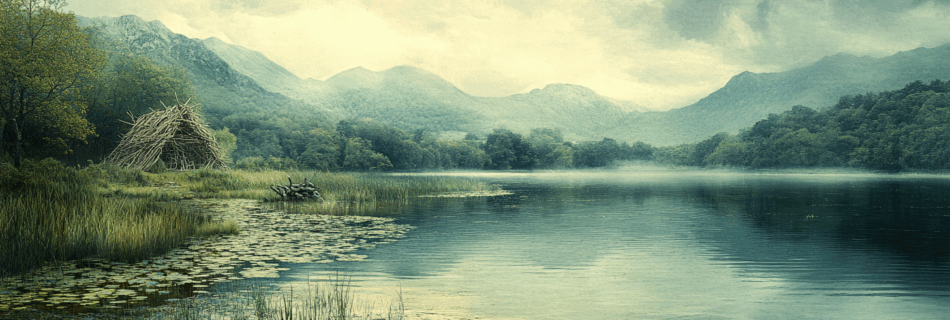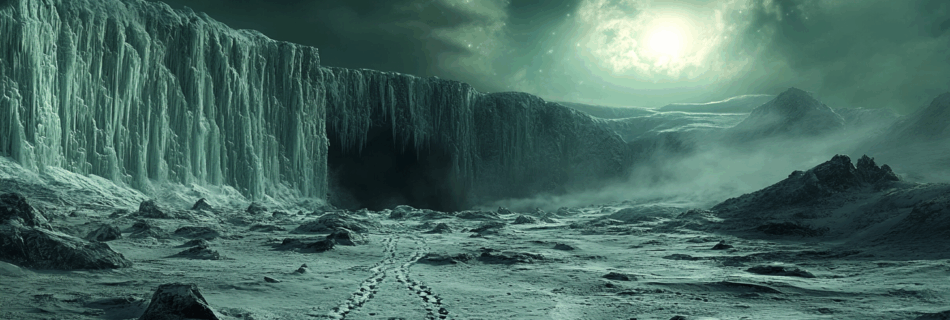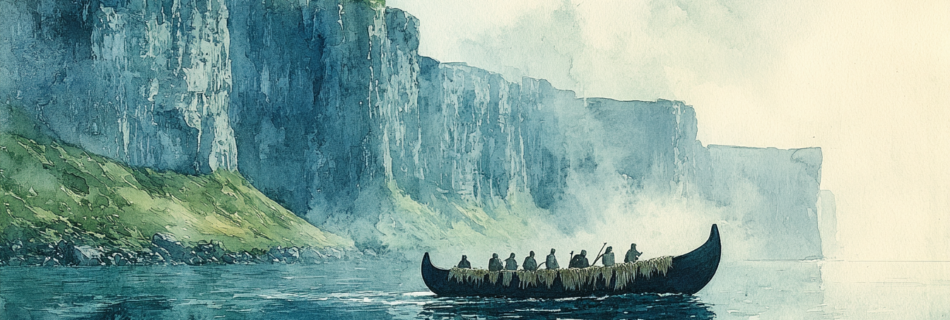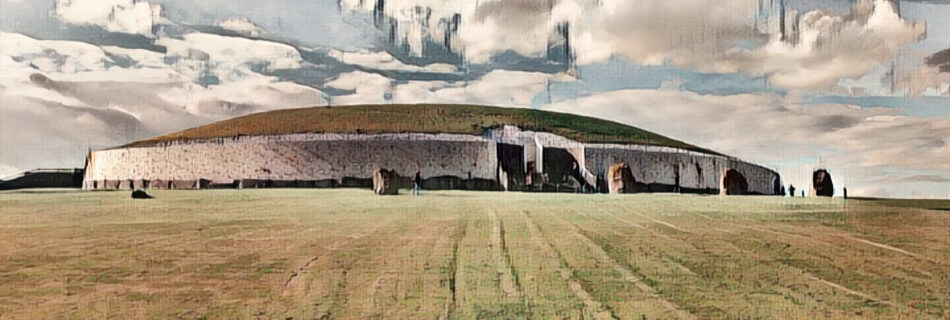Later Mesolithic Lifestyles, Tools & Key Sites in Ireland (c. 6700 – 4000 BC)
Focuses on the Later Mesolithic, the development of tools like Bann Flakes and Moynagh Points, settlement patterns including “persistent places,” diet, organic finds, and key sites such as Lough Boora, Mount Sandel, and Ferriter’s Cove.








